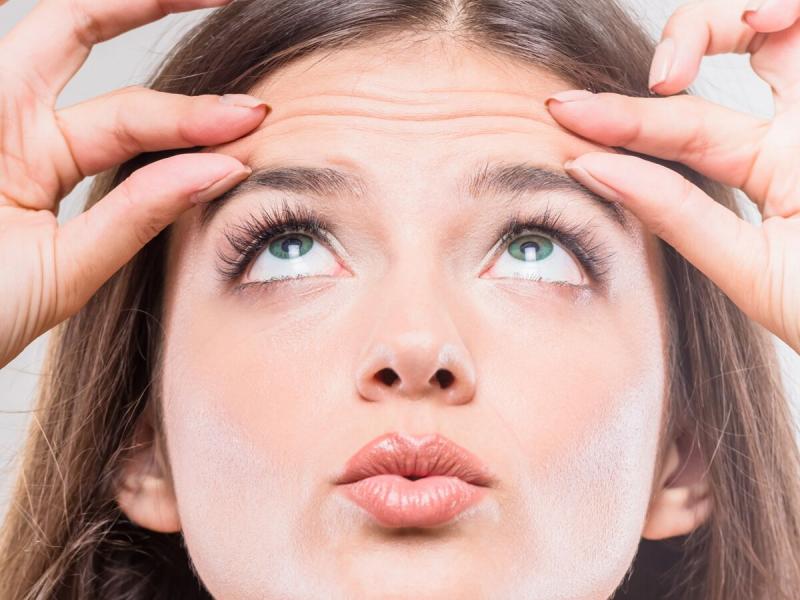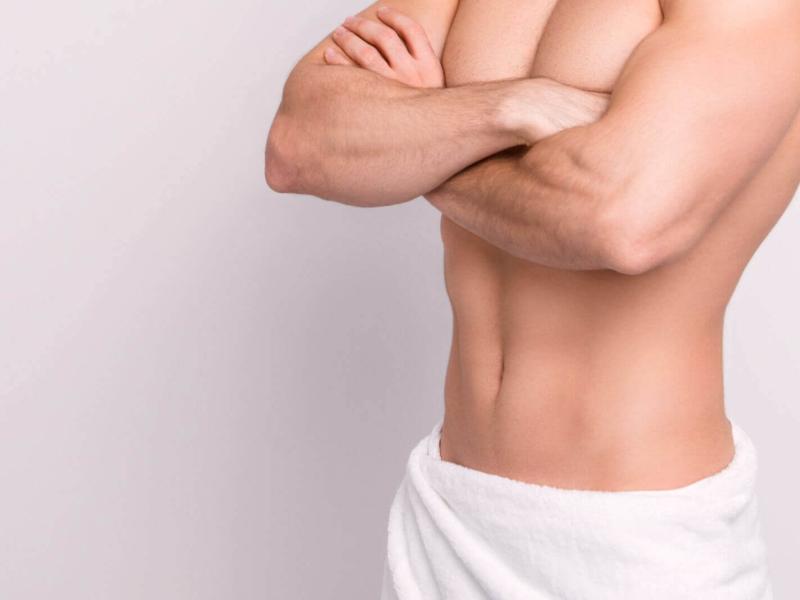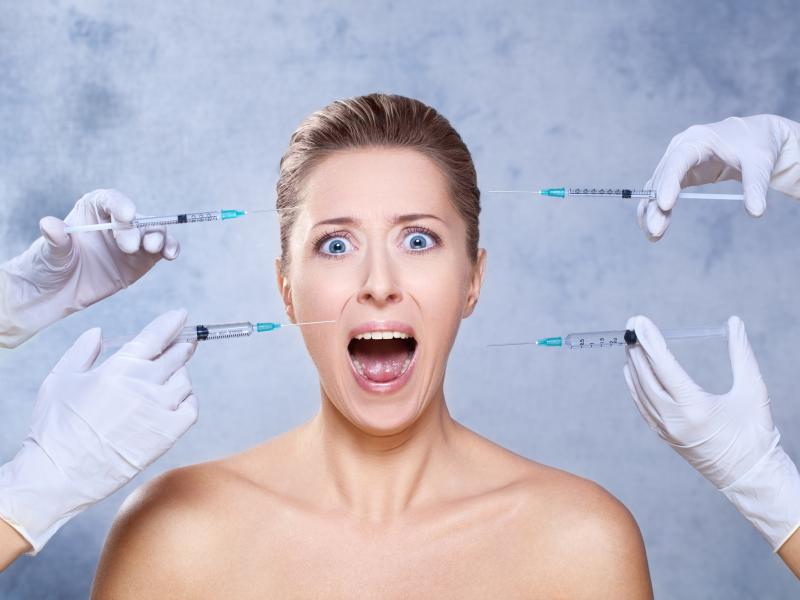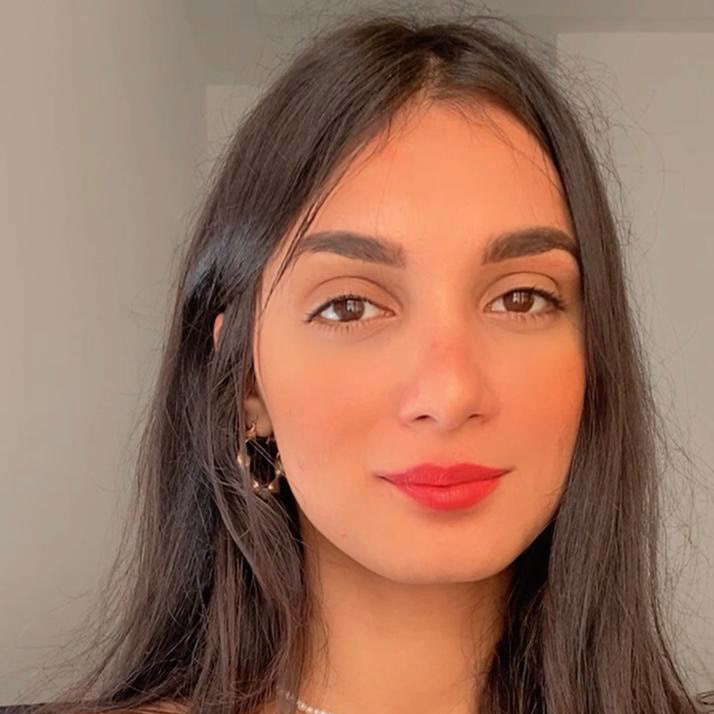Forehead wrinkles are the natural consequence of the incessant activity of mimic muscles. These skin imperfections appear as obnoxious folds or small furrows.
The forehead is one of the facial parts most susceptible to the formation of wrinkles. From those of expression typical of those who by nature often keep the forehead wrinkled, and those due to skin aging, caused by a progressive loss of collagen and hyaluronic acid responsible for the tone, compactness, and elasticity of the skin.
Aesthetic medicine offers different treatments for this problem, which have specific indications and must be chosen following the advice of a professional, to obtain the best result.
The causes of the appearance
The first wrinkles to appear are mainly due to facial expressions and the contraction of facial muscles. These wrinkles are not related to skin aging, but rather to our repetitive movements.
Nose wrinkles, frowning, and strabismus all cause marks on the skin, which often disappear over time.
But as the skin ages, it becomes thinner and more delicate and loses its elasticity and tone, and the wrinkles start to furrow the face more pronounced and permanently.
Several external factors such as dehydration, sun exposure, pollution, bad habits, etc. also lead to the appearance of fine lines on the forehead.
What are the types of wrinkles?
Forehead wrinkles are dynamic, that is, they are formed due to the contraction of muscles.
Within this framework, there are two types:
- Forehead lines: parallel to the eyebrow line
- Frown lines: in other words vertical, responsible for the furrows that form from the root of the nose.
Treatments for forehead wrinkles
Aesthetic medicine can eliminate wrinkles naturally without freezing the expression of the face. In this regard, several aesthetic procedures have shown great performance in the treatment of forehead wrinkles:
- Injection of botulinum toxin (botox)
- Bio-revitalization with hyaluronic acid
- Endoscopic forehead lift
It is always useful to remember that the best approach to an aesthetic problem is to create a personalized protocol, which can include different and complementary treatments depending on the initial situation and the characteristics of the patient's skin.
Injection of botulinum toxin (botox)
Micro-injections of botulinum toxin (botox) act directly on the frontal nerves that form wrinkles by limiting the movement of the muscles that produce facial expressions in the forehead. This is one of the most popular methods for the treatment of forehead wrinkles.
The application of botulinum toxin is done via subcutaneous injections on the forehead and between the eyebrows. These injections induce a partial and temporary reduction in the mobility of the muscles involved.
However, botulinum toxin results are temporary and remain well visible for approximately 6-7 months until another booster session is needed.
Bio-revitalization with hyaluronic acid
Hyaluronic acid bio-revitalization is an all-natural technique for maintaining youthful, perfectly hydrated skin for an extended period of time, and preventing the development of visible wrinkles on the forehead and other parts of the face.
The bio-revitalization treatment stimulates the skin's natural metabolism by increasing the synthesis of new collagen, elastic fibers and hyaluronic acid.
Picotage is a particularly effective bio-revitalization technique. It consists of repeatedly injecting doses of hyaluronic acid with a micro-needle to a maximum depth of two/three millimeters, without pain and without leaving traces on the surface.
Endoscopic forehead lift
The endoscopic forehead lift is performed through two small incisions in the scalp followed by endoscopic dissection from the frontal area to the tail of the forehead, while controlling and respecting the ophthalmic nerves and arteries.
The classic surgery involves a bicoronary incision, usually positioned inside the scalp and extending from ear to ear, to treat facial wrinkles and frowning.
The use of endoscopy in anterior surgery allows for optimal aesthetic results without the potential complications associated with the classic brow lift, such as large coronal scars and scarring alopecia in the area.






